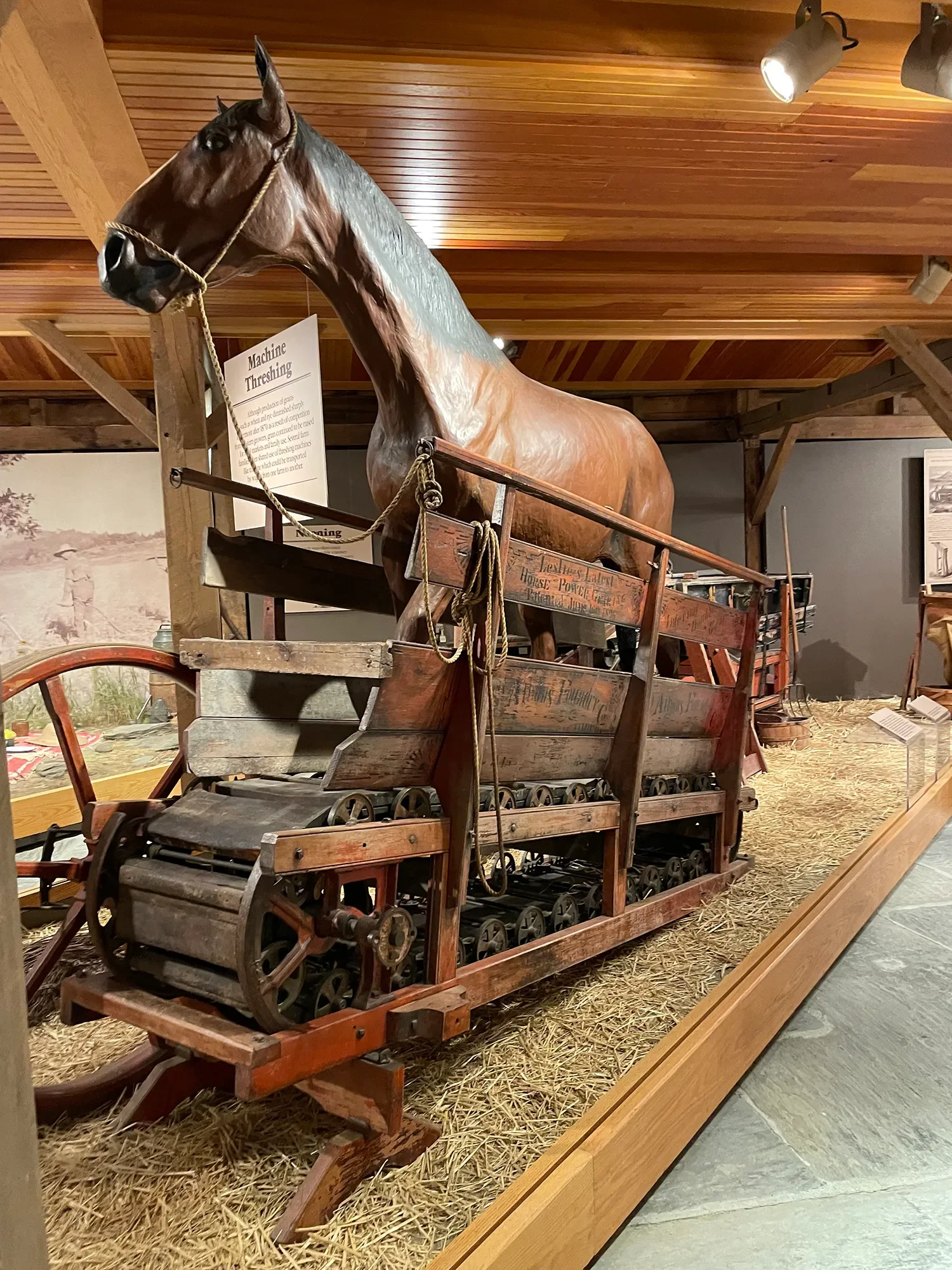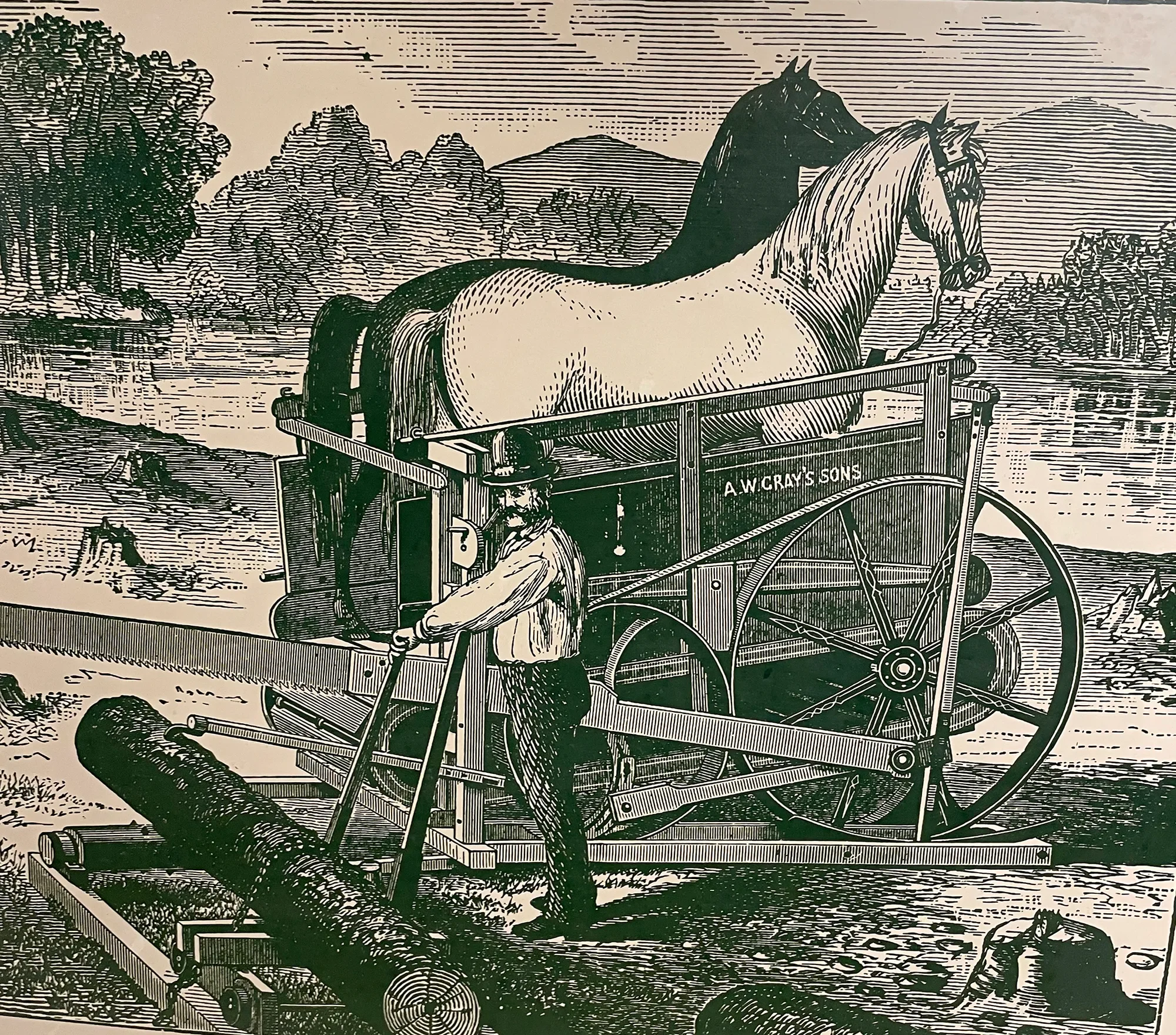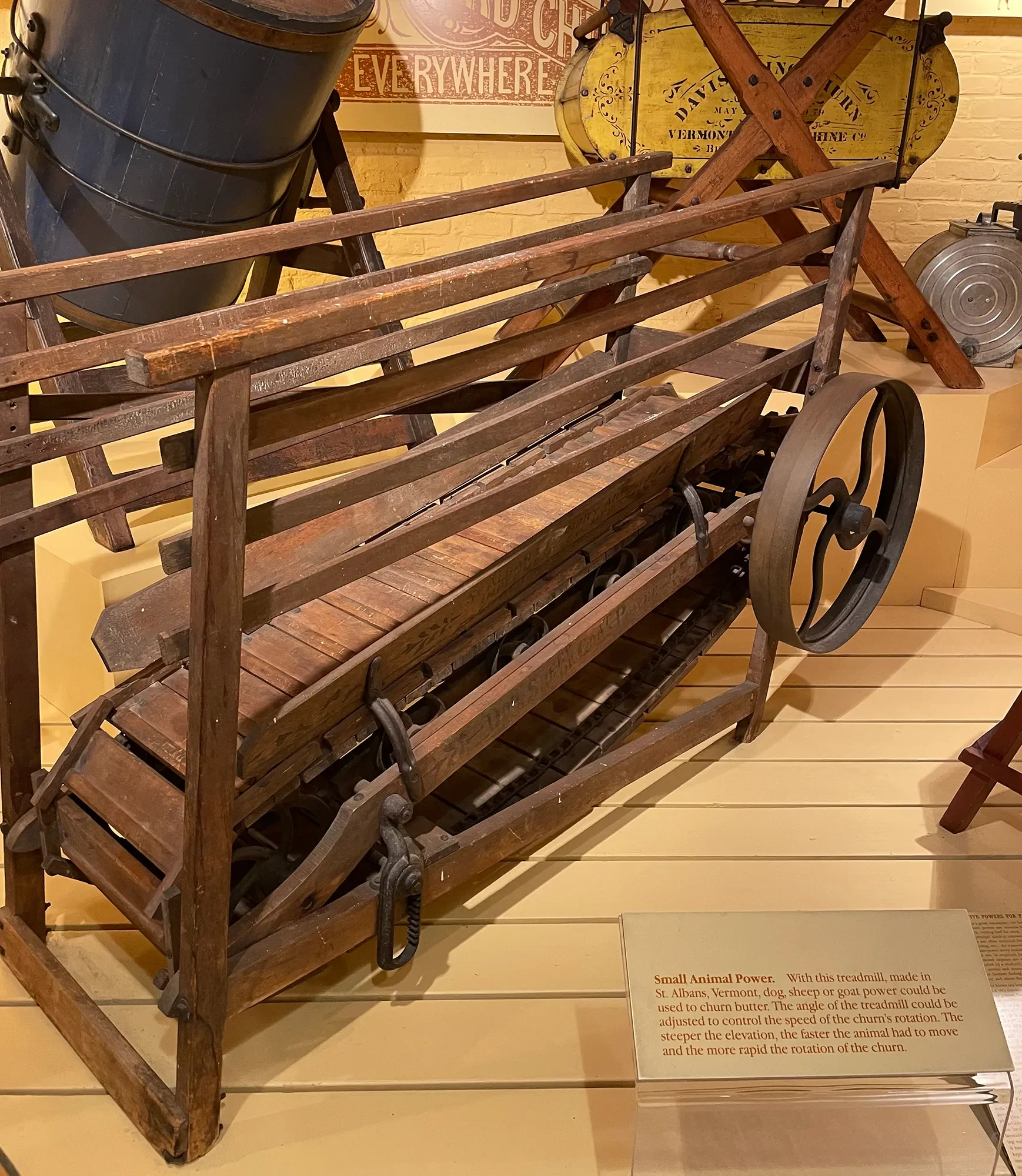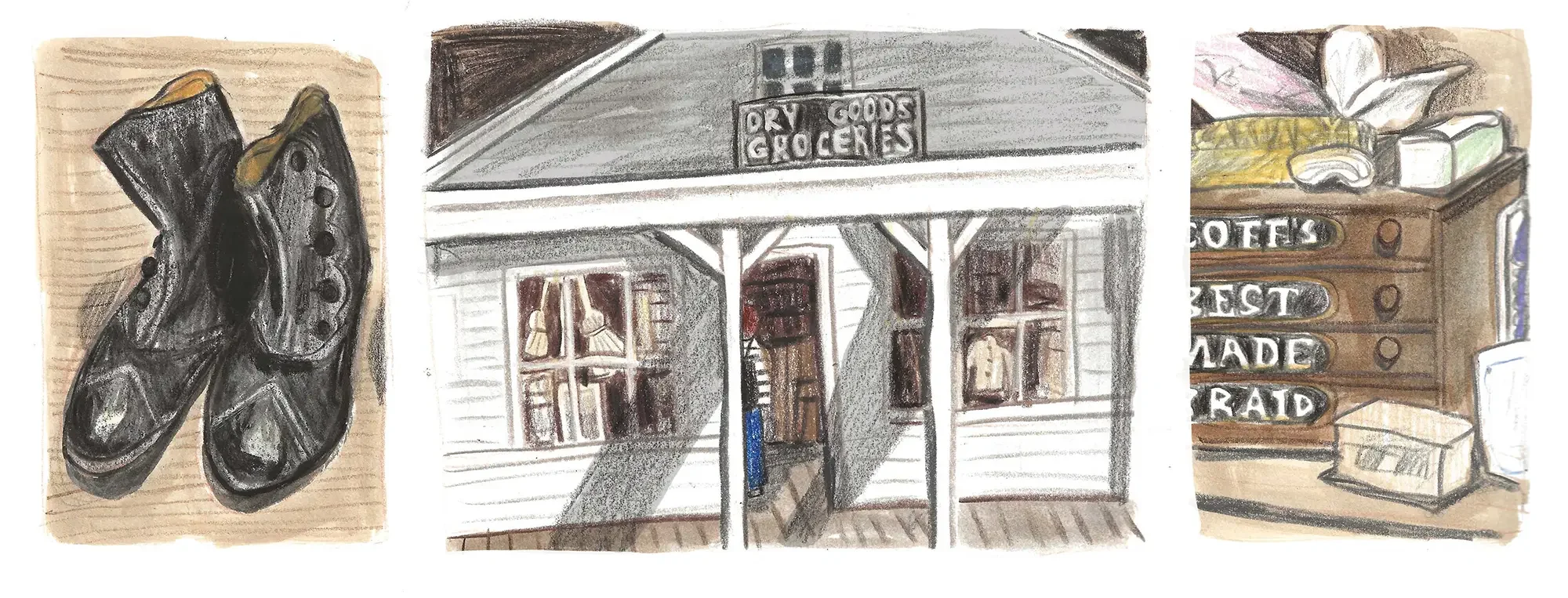Billings Farm and Museum
Today I want to share with you another place we visited on our brilliant New England trip in September. This was an outing to Billings Farm and Museum in Woodstock, Vermont as part of our ‘Fall Colours’ tour. It’s a working farm and also houses an extensive museum about both the history of farming in Vermont, and the Billing Family, who have occupied the site since 1869.
As it was part of the tour itinerary this was not somewhere we had chosen to visit and I was initially skeptical about how interesting it would be. Although I know I can love any kind of museum, rural farm tools are not the highest on my list of interests! But I shouldn’t have worried. The tour planners knew what they were doing, and it turned out to be a wonderful place that we could have spent much longer than our allowed hour and a half.
The museum was very well presented for the layman, with extensive explanations of what the tools were for and how they were used, often with models or tools laid out in mini scenes.
Horse Power
Of particular interest was the horse treadmill (left), used to power a threshing machine. The horse would walk on the treadmill to turn the revolving drum of the machine, separating the seeds of grain from the stalks and husks.
Both my mum and I found it hilarious and fascinating - the perfect combination in a museum! We had so many questions about this particular item that we read all of the signs, found other attachments for the machine, as well as further contraptions for goats and sheep. I now want to know if these were also uses in the UK? (and I’ve just walked past them in previous trips to countryside museums here). I am in awe of the ingenuity, engineering skill and resourcefulness of the inventors and adaptors.
I’m always on the lookout for the ridiculous or usual, so I also loved the horse bog shoes, worn to stop horses sinking into the ground when working in wet areas. I’m sure they were very useful but the thought of a horse clip-clopping away wearing slip-on clogs makes me laugh.
Another highlight was the reconstruction of a general store to highlight the importance of the local stores in rural communities in the 19th and early 20th centuries. It was stocked with authentic artefacts including pharmacy items, bottles, tins, tools, fabric and haberdashery, and felt really authentic and atmospheric. You could imagine the store keeper popping up from behind the counter and asking what you needed.
The museum also gave us a flavour of local customs such as maple sugaring and ice harvesting, with fascinating videos of showing these in practice.
The downside of visiting with a tour group was that we had a strict time-limit (and we spent quite a long time reading about horse treadmills!) so unfortunately we didn’t have much time to look around the Farm Manager’s House, built in 1890 and faithfully restored to show the state-of-the-art family house it once was. If you ever visit, make sure you leave more time than we did so you can really appreciate the comfort and innovation on show, such as central heating, gas lighting and indoor plumbing.
So the moral of this story, is take a punt on a boring-sounding museum! Whether or not you are interested in the history of farm tools, this one was fascinating, and I think there would be something here for everyone (and if for some reason this is not the case, they have barnfuls of animals, farmstead gardens and apple orchard to look at instead!).
Visit the Billings Farm and Museum website. There are many photos and you can get a taste of what is on offer.






